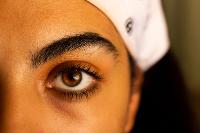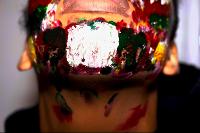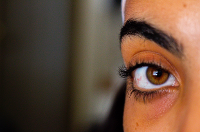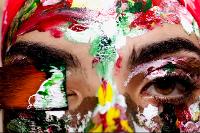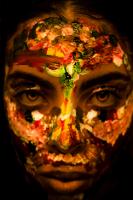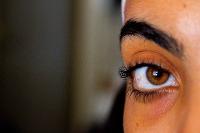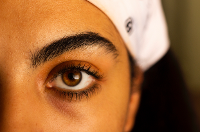Department of Fine and Performing Arts
Oladia Menchaca
Mixed
Thesis Statement
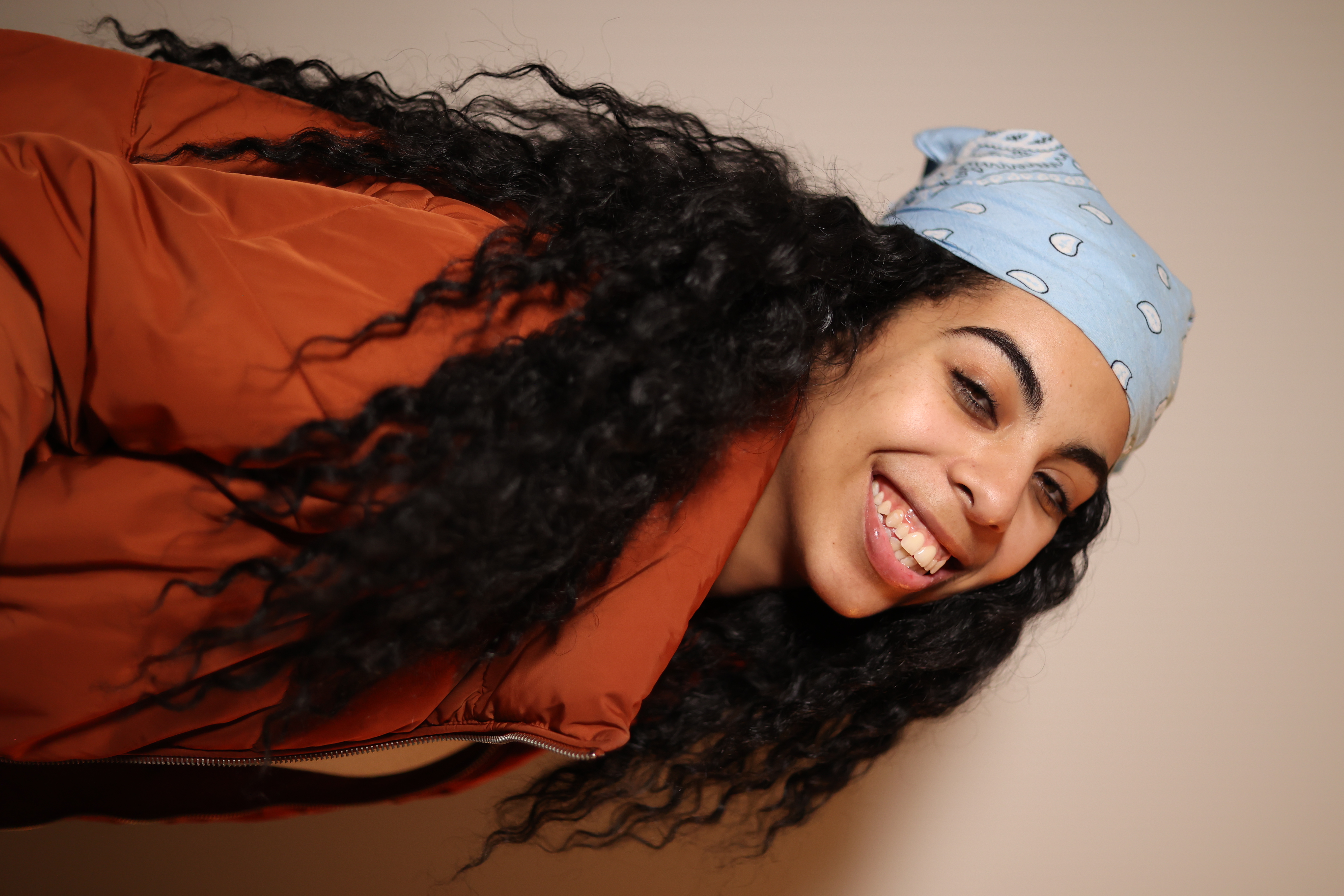 In an article written by Leah Donella titled “All Mixed up: What do we call people of Multiple backgrounds”, she speaks on an analogy that her mother once told her, which increased her interest to know where the term “Mixed” came from. She says “‘You’re not some chocolate-vanilla swirl cone’ Mom says ‘You are human children’” In addition, Donella talks about how the origin of the term “Multiracial” was considered to be more “neutral” than Mixed, according to experts, because it was inclusive to all racial and cultural identities of its entirety. I never realized that referring to a multiracial person as “Mixed” could be offensive to some; with its unfortunate history, it’s understandable considering that black people were seen as things rather than human beings. Essentially, this perspective inspired the title of this thesis “Mixed”
In an article written by Leah Donella titled “All Mixed up: What do we call people of Multiple backgrounds”, she speaks on an analogy that her mother once told her, which increased her interest to know where the term “Mixed” came from. She says “‘You’re not some chocolate-vanilla swirl cone’ Mom says ‘You are human children’” In addition, Donella talks about how the origin of the term “Multiracial” was considered to be more “neutral” than Mixed, according to experts, because it was inclusive to all racial and cultural identities of its entirety. I never realized that referring to a multiracial person as “Mixed” could be offensive to some; with its unfortunate history, it’s understandable considering that black people were seen as things rather than human beings. Essentially, this perspective inspired the title of this thesis “Mixed”
When I first created Mixed, I intended to celebrate a variety of cultures to bring people together into one space. After self-reflection, I realized that my concept for this show was personal. I found that I didn’t want to talk about other people’s cultures; I wanted to talk about my own. This exhibition is exploring my deep curiosity for solidifying my identity while considering the concept of Race versus Ethnicity, Racism, and Colorism. With personal research, I hope to bring light to answering the question: Who am I? And Where do I belong?
Ever since I was a child, I’ve always known that I was born with multiple cultures; even from the moment, I started talking. Spanish was my first language, but I went to an English school where I had to attend speech therapy to learn and speak English. When asked about my multiracial background, there was no denying that I was both Black and Mexican. It was either I was mixed, or a more creative term “Blexican”, which is Black and Mexican combined into one word. However, putting myself, along with three of my siblings, into an official category that identified with our own culture was a mystery. It was in college that I was introduced to the term “Afro-Latina.” It was foreign to me at the time, but I later grew to embrace it because it was the first time that I can identify myself with a category that matches my background. This thesis explores that journey and self-discovery through artworks such as “I AM…” “Azucar” and “Why you askin’ all them questions?”
In 2010, I moved to Prince George's County Maryland, a predominantly African American area; there I faced questions that would soon reveal the holes in my identity such as: Are you mixed? Where are you from? No, where are you FROM from? What does Oladia translate to? And a variety of others. I felt as though I had to constantly defend myself by explaining my background so it can make sense to others; Unfortunately, It was a heavyweight I carried for too long. Inspired by the works of Frida Khalo and Clotilde Jiménez, I wanted to bring a colorful experience that not only explored my cultural identity as an Afro-Latina but to bring awareness to what being Multiracial looks like in today’s society and how we can influence our future generation to equality of all cultural backgrounds through creative outlets, along with self-expression.
- Major and Concentration: Studio Art
- Senior Thesis Website
- Through my art, I challenge myself to make a notable impact in the Afro-Latinx community. My early works showcased my passion for the personalities of the entertainment industry through a series of portraits. My current body of work titled “Why you askin’ all them questions?”, “Azucar: Dia Los Muertos”, “Skin”, “Las dos Oladia’s”, “Hazel eyes”, “Roots”, “Tengo una pero familia: But I have a family”, “I AM…”, takes a personal narrative approach to exploring my curiosity and unfolding my understanding of my identity as an Afro-Latina. Through my self-expressive drawings, paintings, mixed media work, and photography, I encounter and navigate my reactions to concepts about race, ethnicity, and colorist and their impact on mental and social well-being. This work allows me the opportunity to make both internal and external discoveries. Through research and personal experience, I hope to being light in answering the question: Who am I? and Where do I belong?
